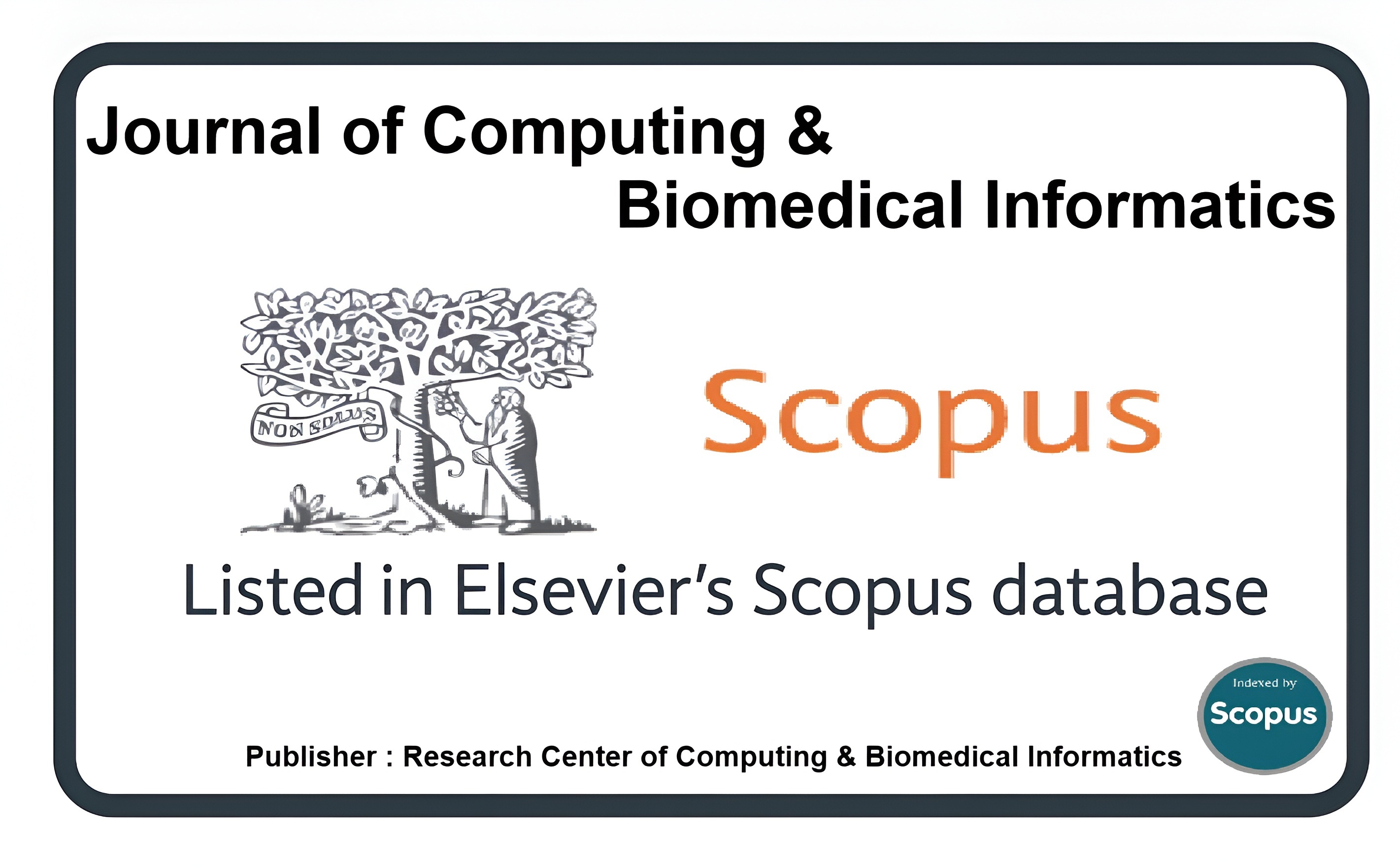In Silico Analysis of nsSNPs in the Rb1 Gene for Predicting Pathogenicity and Disease Associations
Keywords:
Rb1Gene, nsSNPs, GeneMANIA, Insilicoanalysis, Coding, Mutation, RetinoblastomaAbstract
Single nucleotide polymorphisms (SNPs) are changes at specific spots in DNA. These changes help identify genes linked to diseases or trace inherited conditions within families. Variations in the Rb1 gene can lead to retinoblastoma, which is cancer in one or both eyes, as well as other cancers like osteosarcoma, melanoma, leukemia, lung, and breast cancer. First, this study used the SNP database from NCBI to gather key data. It also analyzed how Rb1 is connected to other genes using GeneMANIA. Ten different tools were applied to screen for harmful SNPs, including SIFT, PolyPhen-2, I-Mutant 3.0, PROVEAN, SNAP2, PHD-SNP, PMut, and SNPs&GO. To estimate conserved amino acid regions, the Consurf Server was used, and Project HOPE was utilized to study the structural effects of mutant proteins. GeneMANIA showed that the Rb1 gene is strongly linked to 20 other genes, such as CCND1 and RBP2. The data obtained from the NCBI's dbSNP indicated that the total number of SNPs within the Rb1 gene region is 36,358. Of these, 345 were found in the 3' UTR, 65 in the 5' UTR and 34,543 in the intron regions. There were 844 coding SNPs including 199 synonymous, 450 non synonmous which consists of 425 missense, five nonsense, and 20 frameshift mutations. The remaining SNPs were of other types. This study focused on the 425 missense SNPs for research. From these, 17 mutations (D332G, R445Q, E492V, P515T, W516G, V531G, E533K, E539K, M558R, W563G, L657Q, A658T, R661Q, D697H, D697E, P796L, and R798W) were predicted to cause harmful effects on the structure and function of the Rb1 protein.
Downloads
Published
How to Cite
Issue
Section
License
This is an open Access Article published by Research Center of Computing & Biomedical Informatics (RCBI), Lahore, Pakistan under CCBY 4.0 International License





